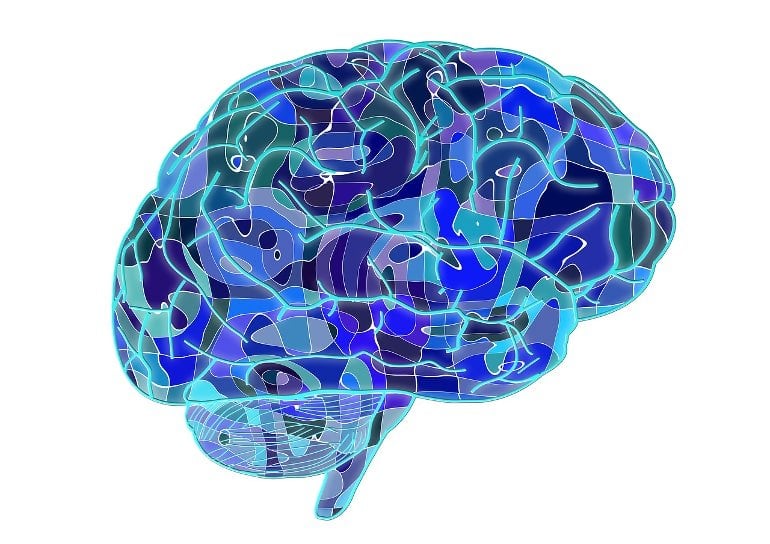Summary: Blocking an overactive signaling pathway in the brains of mice within the first five weeks of their lives prevents autism symptoms from developing, researchers report.
Source: SfN
Timing is key when treating developmental disorders. Blocking an overactive signaling pathway during the first five weeks of life prevents autism symptoms from ever developing in mice, according to new research published in Journal of Neuroscience.
The brain develops capabilities, like language, during specific spans of time called critical periods. The symptoms of disorders like autism arise during a set critical period; administering a targeted intervention only during the critical period could prevent the disorder from ever taking shape without the burden of a life-long treatment.
Gibson et al. compared intervention timing in a genetic mouse model of Tuberous Sclerosis Complex (TSC), a neurodevelopmental disorder with high rates of autism spectrum disorder.

The research team administered the drug rapamycin to inhibit mTOR signaling, a pathway that is overactive in people and animals with TSC.
After four weeks of treatment starting at one week of life, mutant mice displayed normal social behaviors and normal activity in cerebellar Purkinje neurons, even after four weeks without treatment.
These results raise the possibility that treatment covering critical periods of development could prevent autism symptoms from ever manifesting.
As TSC is often diagnosed in utero in humans, defining these critical periods may provide an opportunity to prevent development of autism behaviors.
About this autism research news
Author: Calli McMurray
Source: SfN
Contact: Calli McMurray – SfN
Image: The image is in the public domain
Original Research: Closed access.
“A critical period for development of cerebellarmediated autism-relevant social behavior” by Jennifer M. Gibson, Cleone P. Howland, Chongyu Ren, Cyrena Howland, Alexandra Vernino and Peter T. Tsai. Journal of Neuroscience
Abstract
A critical period for development of cerebellarmediated autism-relevant social behavior
The cerebellum has been increasingly implicated in Autism Spectrum Disorder (ASD) with many ASD-linked genes impacting both cerebellar function and development.
However, the precise timing and critical periods of when abnormal cerebellar neurodevelopment contributes to ASD-relevant behaviors remains poorly understood.
In this study, we identify a critical period for the development of ASD-relevant behaviors in a cerebellar male mouse model of Tuberous Sclerosis Complex (TSC), by using the mechanistic target of rapamycin (mTOR) inhibitor, rapamycin, to pharmacologically inhibit dysregulated downstream signaling.
We find independent critical periods during which abnormal ASD-relevant behaviors develop for the two core ASD diagnostic criteria – social impairments and behavioral flexibility – and delineate an anatomical, physiological, and behavioral framework.
These findings not only further our understanding of the genetic mechanisms underlying the timing of ASD-relevant behaviors but also have the capacity to inform potential therapies to optimize treatment interventions.
SIGNIFICANCE STATEMENT
No targeted treatments currently exist for ASD. This complex developmental disorder has established links to genetic and circuit aberrations, yet the precise timing and coordination of these underlying mechanisms that contribute to the spectrum of physiological and behavioral abnormalities remains unclear.
Cerebellar pathology is consistently seen in ASD individuals; therefore, we sought to identify the specific windows for cerebellar involvement in the development of ASD-relevant behaviors. Using pharmacologic treatment paradigms, we outline distinct critical periods of developmental vulnerability for ASD-relevant social and inflexible behaviors.
From this study, we posit a refined window of time during which ASD symptoms develop that will inform therapeutic timing.







